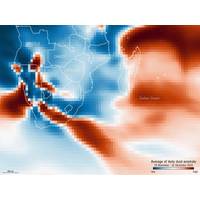
South African Drought Dust Fueled Record Ocean Bloom
Increasing drought events in southern Africa could benefit Indian Ocean marine life and atmospheric carbon removal, according to a new study of the Madagascar Bloom – one of the world’s largest recorded phytoplankton blooms.The study, led by the University of Athens (NKUA) and co-authored by scientists at the UK’s National Oceanography Centre (NOC), linked the unprecedented marine algal bloom to an influx of nutrient-containing dust blown over the Indian Ocean from South Africa.This saw phytoplankton levels at three times the level normally expected at the time of year it
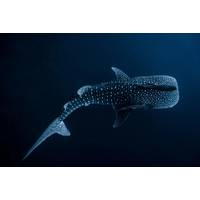
Most Marine Protection Measures are Not Working; A New Approach is Needed
measures are as effective as possible in fairly reducing harm from human activities that threaten marine wildlife, such as fishing and tourism.To explore different ways of addressing such challenges, our research assessed the effectiveness of 50 marine protected areas in 24 countries, from Ecuador to Madagascar and Vietnam. We compared the strengths and weaknesses of different conservation measures for protecting marine wildlife by using a set of 36 “governance incentives” – these include providing financial compensation, requiring legal accountability and establishing local groups that
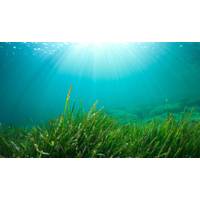
Funding Awarded for Five Projects that Study Ocean Systems in a Changing Climate
Living Bioreactors: The role of animal gut microbiomes in shaping oceanic carbon cycling and export. Led by: Anitra Ingalls (University of Washington)Clues to how the ocean captures and releases carbon may lie in an unexpected place: ocean animal guts. The Bioreactors team will work with scientists in Madagascar and Brazil to better understand how sea creature digestive tracts work as tiny bioreactors that facilitate carbon ux in the ocean—with potential global implications
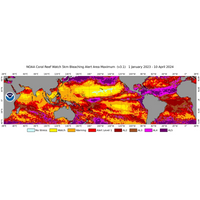
Coral Reefs Suffer Fourth Global Bleaching Event
;extreme" levels of bleaching in nearly half of surveyed reefs in the Great Barrier Reef Marine Park area.That makes this the fifth bleaching event in the Great Barrier Reef in just nine years - far more frequent than the twice per decade that scientists expected by the 2030s.Indian Ocean reefs off Madagascar, Tanzania, Kenya and the Seychelles have also suffered bleaching, though not as severely as in 2016 thanks to an early change in this year's monsoon leading to cooler conditions, Obura said."The stress experienced by corals in the region is likely less than it could have been, which is
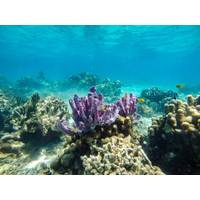
Coral Reefs off East Africa Could Die Out in 50 Years -Study
Coral reefs in the western Indian Ocean are at risk of extinction by 2070 due to warming temperatures and overfishing, according to a new study.A roughly 12,000 sq km expanse of coral reefs stretching down the eastern coastline of Africa and around Madagascar is facing ecosystem collapse, threatening a range of species and the livelihoods of over a million people who work in the fishing and tourism industries. These reefs make up around 5% of the planet's total coral reef area."When an ecosystem collapses, we might still see individual fish or corals but the whole system is no longer effective
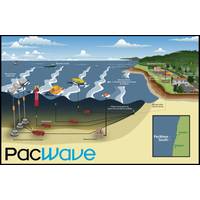
Fiber Optic Sensing and Mining an Ocean of Data
could evolve to share spectrum with in-use fibres, enabling DAS to run in a cable without disrupting its main use, i.e. data transfer.Still there is hope. The new Fly-Lion3 submarine fibre optic cable is being laid to provide internet connectivity to the Indian Ocean island of Mayotte, northwest of Madagascar. It’s also been agreed that scientists will be able to use it to detect earthquakes related to a newborn submarine volcano near the island.Oregon State University has also got funding to install fibre that can be used for DAS work. It’s due to be installed off North Carolina next fall
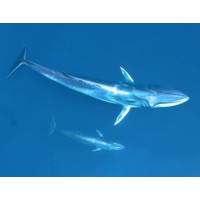
'Elusive' Omura Whale Spotted
more than one hundred sightings of what once seemed to be a species of ghost whale. For decades, the only available specimens to be found were the remains obtained from strandings or from Japanese whaling. In 2013, Cerchio discovered a resident population of Omura’s off the northwest coast of Madagascar. His live images of these sleek whales and his authoritative description of the species opened the eyes of the marine mammal research community to what had often been misidentified or just plain mysterious whales. For decades, they were mistakenly classified as small Bryde’s whales.When first
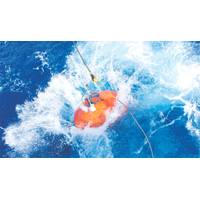
Persistent Profiling of the Greater Agulhas Current
upper ocean. For this reason, many of the mooring lines were topped with uplooking Teledyne RDI ADCPs.On a side note—ADCPs have a long history in these waters. In the mid-1980s, Prof. Fritz Schott (University of Miami) made early use of uplooking ADCPs atop moorings off Africa, including the E. Madagascar Current.Agulhas Current Sources Experiment (ACSEX): 2000-2001By the late 1990s, scientists were uncertain that a continuous boundary flow existed off Mozambique to supply the Agulhas. To clarify the issue, Dutch scientists conducted the Agulhas Current Sources Experiment (ACSEX) in 2000-2001. The
Australian Bio-Robots to Explore in the Indian Ocean
CSIRO will be releasing a fleet of floating bio-robots between Christmas Island and Madagascar next week to measure biological indicators in the Indian Ocean including dissolved oxygen, nitrate, organic matter and particles. A bio-robot is a robot which can measure properties relevant to biology like organic matter. Four bio-robots, each worth up to $100,000, are being dropped into masses of spinning water. It will be the first time CSIRO has used the new BioArgo robotic floats to measure this massively under-sampled part of the world. "These can tell us about the

 February 2025
February 2025





